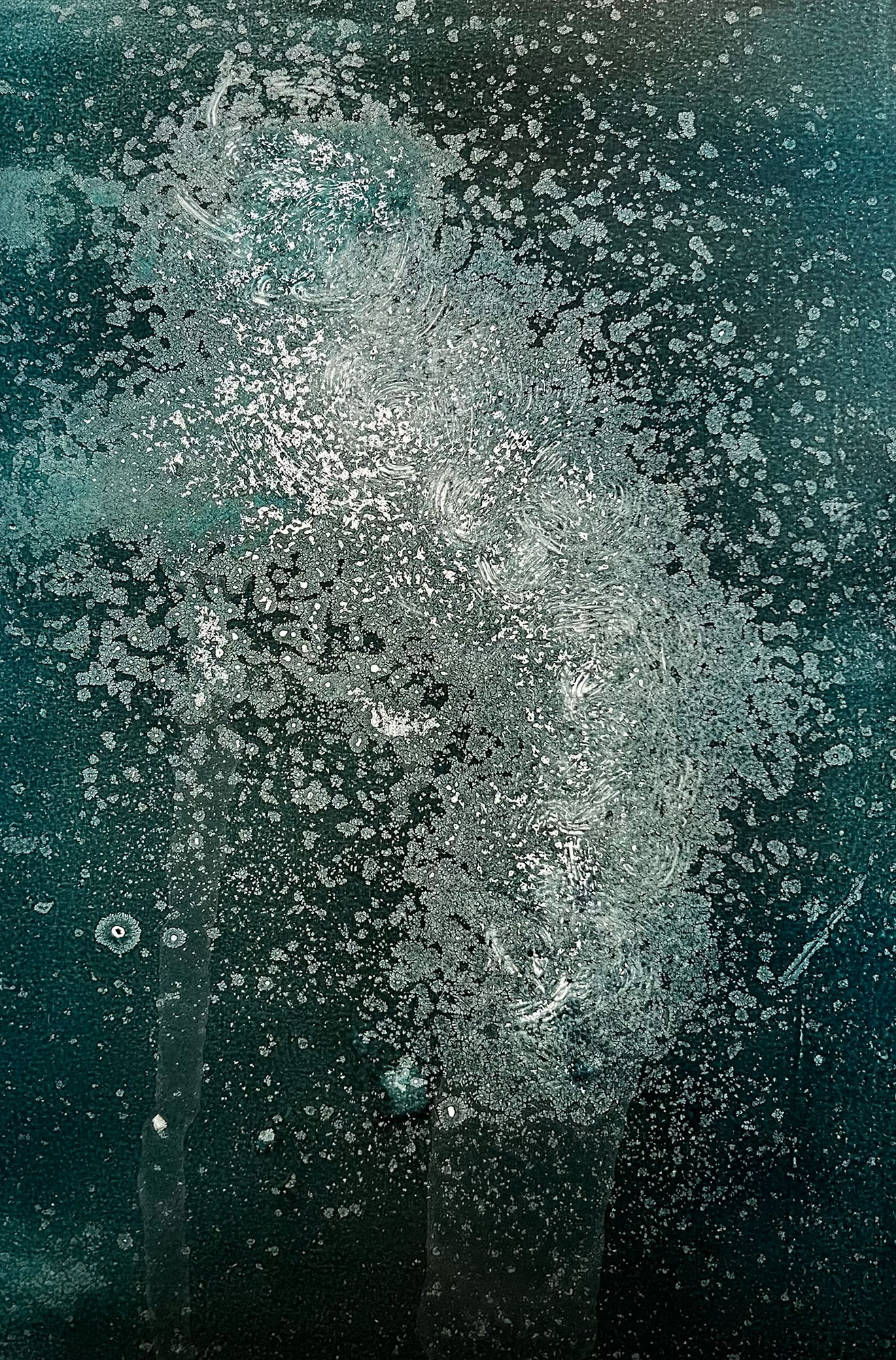Ecological niche
Polychaeta are a class of marine worms, commonly known as bristle worms. Their body is divided into segments, each with a pair of leg-like protrusions called parapodia covered with lots of bristles. Different species of polychaetes have adapted to all kinds of habitats, from tropical to polar, and from shallow waters to the deep sea. Most species live in burrows in the sediment. Some however have settled in a remarkable ecological niche: in 2002, a new genus was discovered at a depth of 2891 m. Its red plumes were poking out of the bones of a grey whale carcass, almost like an uncanny flower meadow. Adult females of the Osedax genus consume the bones of dead whales by growing ramifying roots in them. Males on the other hand are microscopic, and live within the females’ tubes. Scientists speculate that sex might be determined by the environment: Larvae that settle on exposed bones become females, and those that land on females become males. Female population sizes are surprisingly high for such a specialized lifestyle. They indicate that the number of whales and hence the frequency of whale falls must have been a lot higher before modern whaling. In 2005, yet another species was discovered in Swedish waters. It was given the name Osedax mucofloris, the “bone-eating snot-flower”. The monotypes were executed by adding oil to the printing plate.
Sources: Rouse, Greg; Shana Goffredi and Robert Vrijenhoek, “Osedax: Bone-Eating Marine Worms with Dwarf Males”, Science, (2004).
